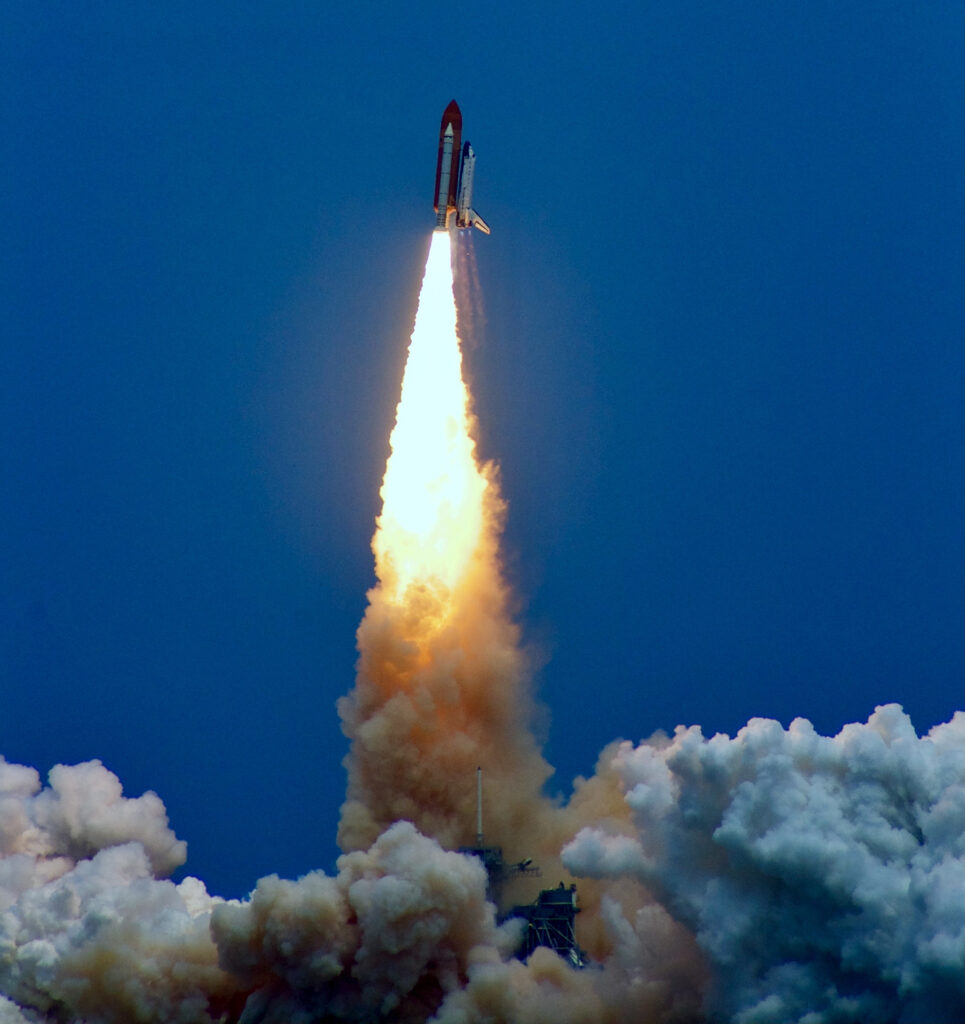This content has been archived. It may no longer be relevant

This was the start of the final Hubble Servicing Mission aimed at adding Five years of additional life to a groundbreaking Observatory. During this Mission Megan McArthur, Mission Specialist, handled the Canada Arm to capture Hubble and maneuver the Astronauts to service the telescope. As of today she is living on the ISS, International Space Station and is the Pilot of SpaceX Crew 2 Mission.
Out With the Old
Many of the telescope’s components, especially the instruments, were designed to be easily removed and replaced during servicing missions. This mission’s primary scientific priority is the installation of Hubble’s new instruments, Wide Field Camera 3 (WFC3) and the Cosmic Origins Spectrograph (COS).
Wide Field Camera 3 will be the power behind studies of dark energy and dark matter, the formation of individual stars and the discovery of extremely remote galaxies previously beyond Hubble’s vision. WFC3 sees three different kinds of light: near-ultraviolet, visible and near-infrared, though not simultaneously. The camera’s range is much greater than that of the instruments currently aboard.
COS (black box) sits in its protective carrier waiting for delivery to the Hubble Telescope. This same carrier will protect COSTAR on its trip back to Earth at the end of the mission. Astronauts will remove Hubble’s Wide Field and Planetary Camera 2 (WFPC2) to make room for WFC3. WFC3 has a higher “resolution,” or ability to distinguish details, and a larger “field of view,” or area the camera is able to see, than WFPC2.
Galaxy evolution, the formation of planets, the rise of the elements needed for life, and the “cosmic web” of gas between galaxies will be some of the areas of study for the Cosmic Origins Spectrograph (COS). A spectrograph is an instrument that breaks light into its component colors, revealing information about the object emitting the light. COS sees exclusively in ultraviolet light and will improve Hubble’s ultraviolet sensitivity at least 10 times, and up to 70 times when observing extremely faint objects.
COS will take the place of the device installed in Hubble during the first servicing mission to correct Hubble’s flawed mirror, the Corrective Optics Space Telescope Axial Replacement (COSTAR). Since the first servicing mission, all of Hubble’s replacement instruments have had technology built in to them to correct Hubble’s marred vision, making COSTAR no longer necessary.

